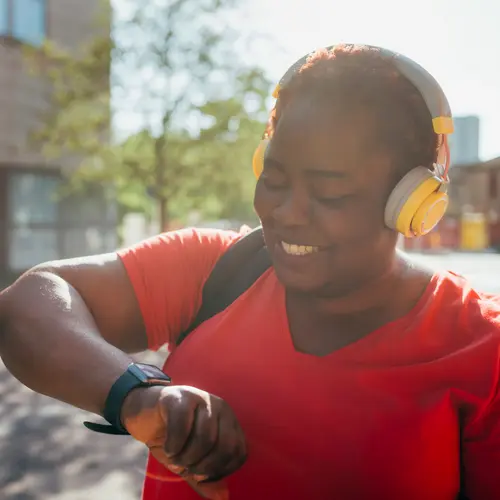While multiple studies say diabetes puts you at risk of conditions such as heart disease, stroke, and kidney failure, a healthy lifestyle and insulin treatments can help keep your risk low.
What Is a Stroke?
In a stroke, one of the many blood vessels that supply your brain with oxygen becomes damaged or blocked. If the blood flow is cut off for more than 3 to 4 minutes, that part of your brain begins to die.
There are two types of strokes:
- Hemorrhagic strokes are caused by a ruptured artery.
- Ischemic strokes result from a blocked artery.
Diabetes can also make it harder for your body to respond to a stroke. When your oxygen supply is cut off, other arteries can usually serve as a bypass. But if you have diabetes, those vessels may be hardened or clogged with plaque, a condition known as atherosclerosis. This makes it harder for blood to get to your brain.
Causes
High blood pressure is the leading risk factor for stroke. Others include smoking cigarettes and high levels of LDL ("bad") cholesterol.
Symptoms
A stroke is an emergency whether you have diabetes or not. If you or someone near you has any of these symptoms, call 911 at once.
- Sudden numbness or weakness in the face, arm, or leg (especially on one side of the body)
- Trouble speaking or understanding words or simple sentences
- Sudden blurred vision or worse vision in one or both eyes
- Sudden trouble swallowing
- Dizziness, loss of balance, or lack of coordination
- Brief loss of consciousness
- Sudden inability to move part of the body (paralysis)
- Sudden, unexplainable, and intense headache
Treatments
One treatment for ischemic stroke is a clot-buster drug called tPA, which must be taken within the first 3 hours after stroke symptoms begin. It dissolves the clot that has clogged an artery and can restore blood flow to brain tissue. But this drug isn’t for all people who have an ischemic stroke, especially if you've had major surgery in the previous 2 weeks or recent head trauma.
Also, several new and experimental drugs may stop and even reverse brain damage if taken immediately after a stroke.
Other treatment options include a surgery called carotid endarterectomy to remove plaque from inside your carotid artery, which supplies much of the blood to your brain. Another treatment is known as carotid angioplasty and stenting. Doctors insert a deflated balloon into the artery to expand its walls. They follow it with a mesh structure, the stent, which holds the artery open. This procedure may not be as effective, especially if you have diabetes.
There are other ways to remove a blood clot in the brain. The FDA has approved the Merci Retrieval System and the Penumbra System for certain people. These devices can remove a blood clot after the stroke.
How to Prevent Stroke
If you have diabetes and your doctor suspects your arteries are hardened, they may suggest diet and lifestyle changes -- along with medicines -- to prevent the blockages that lead to stroke. Other ways to lower your odds of a stroke include:
- Don't smoke.
- Control your blood sugar level.
- Stay at a healthy weight.
- Exercise regularly.
- Get your cholesterol checked (especially your LDL, or "bad," cholesterol). The target should be an LDL level of less than 70 mg/dl. Your doctor may suggest changes to your diet to help get the numbers down.
- Limit the amount of alcohol you drink. The guidelines are no more than one drink per day for women and two drinks a day for men.
- Have your blood pressure checked. Your doctor will tell you how to get it under control if it’s high.
- Take preventive medicines if your doctor prescribes them.
- Take daily aspirin if prescribed by your doctor. Some people with diabetes can benefit from low doses of aspirin (81 mg - 325 mg a day) to prevent heart disease.

